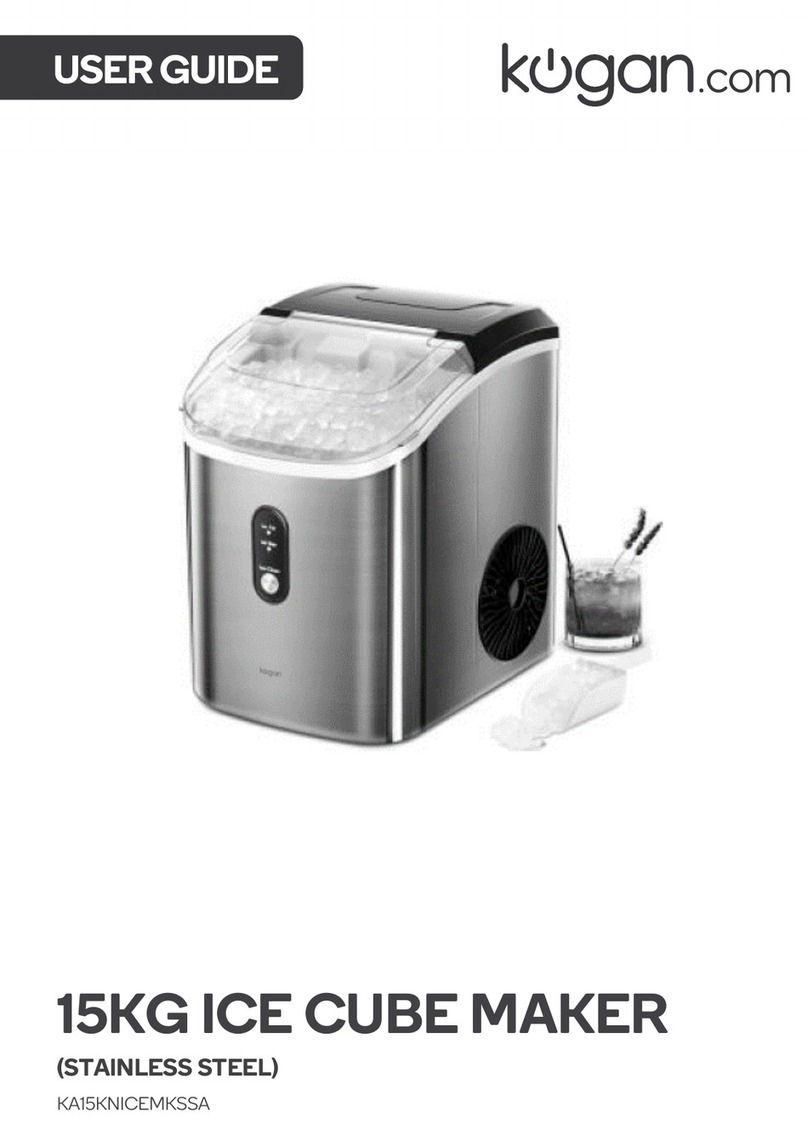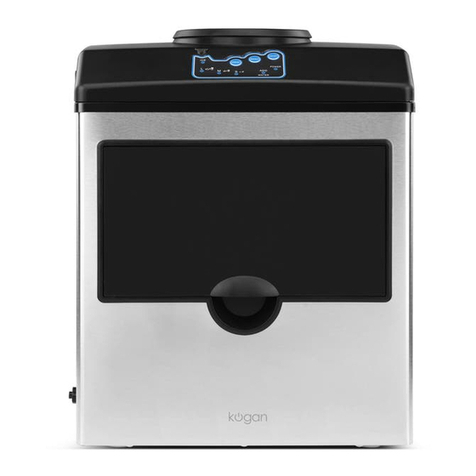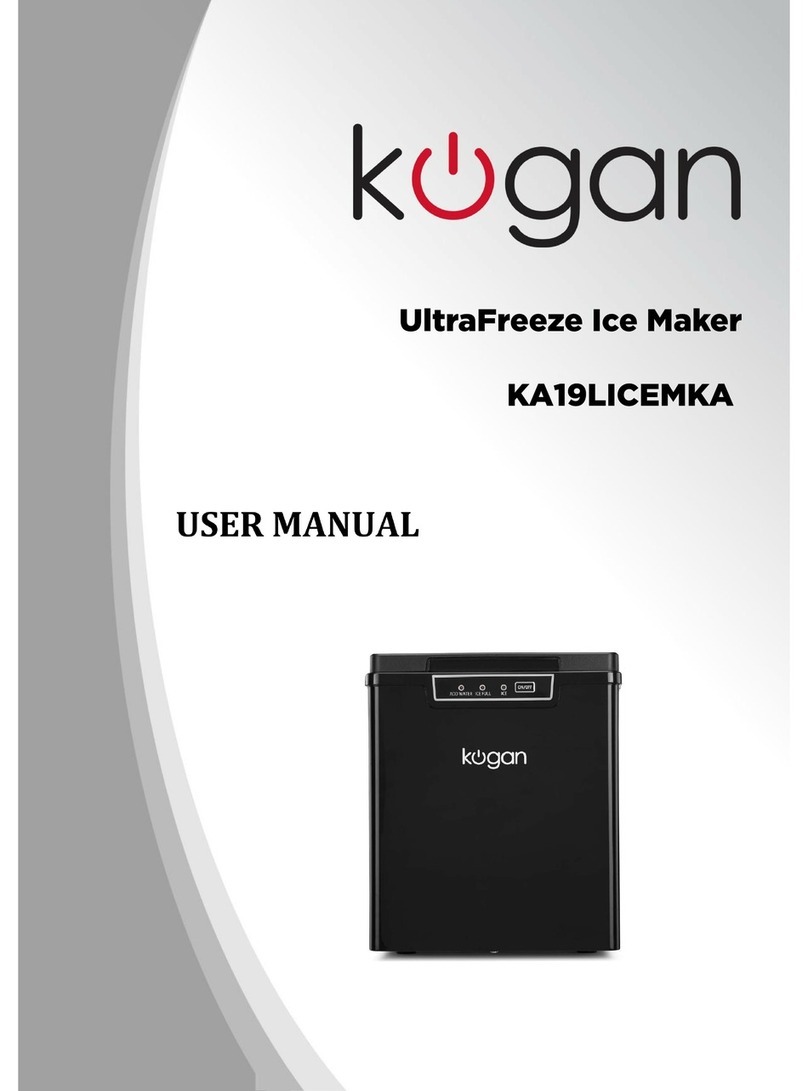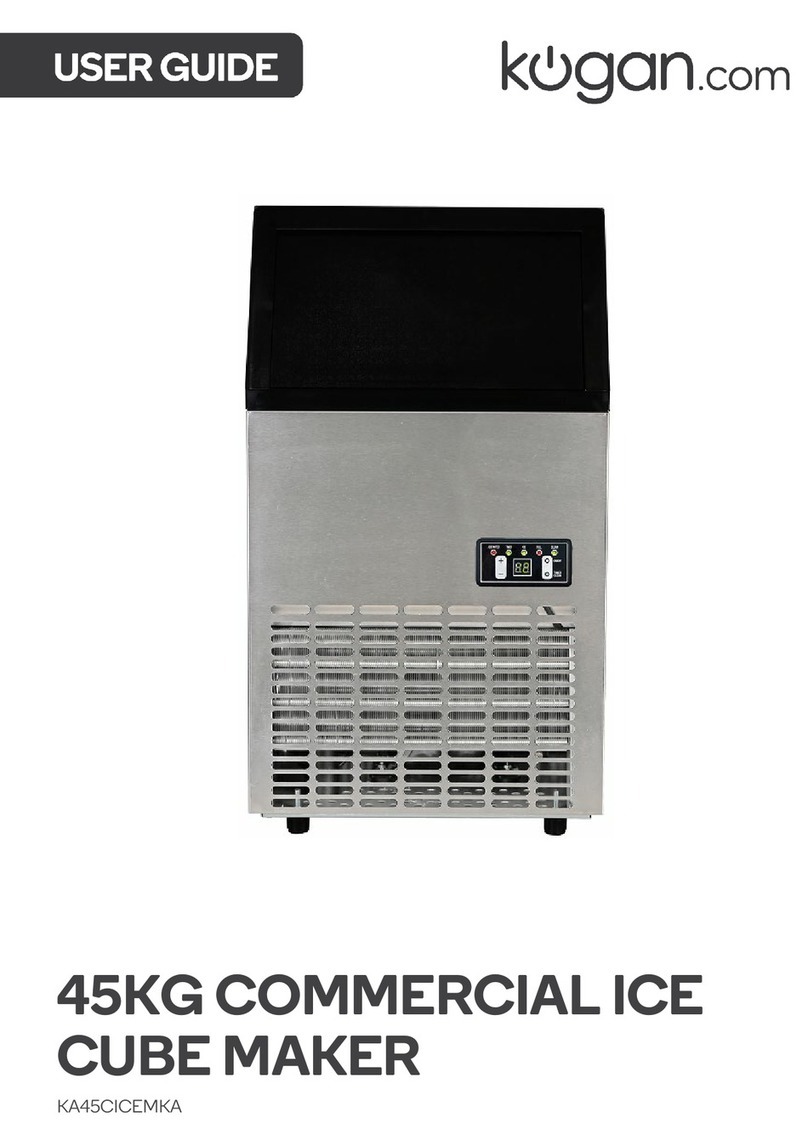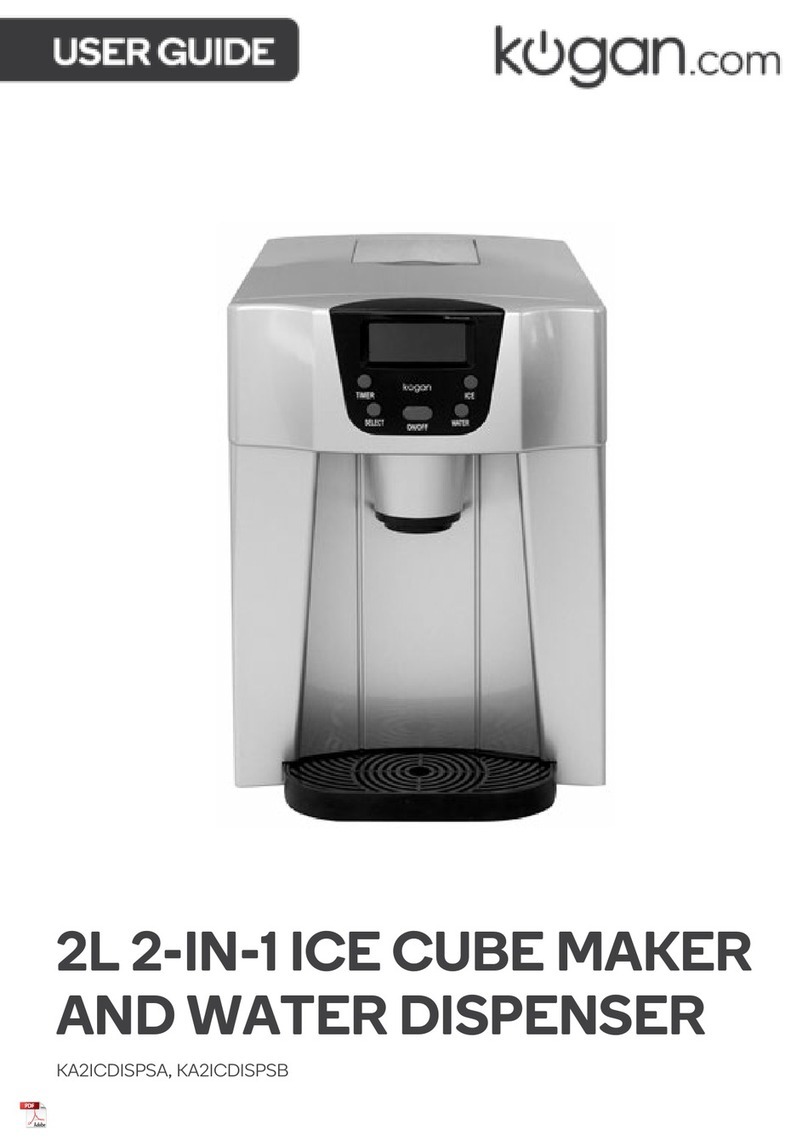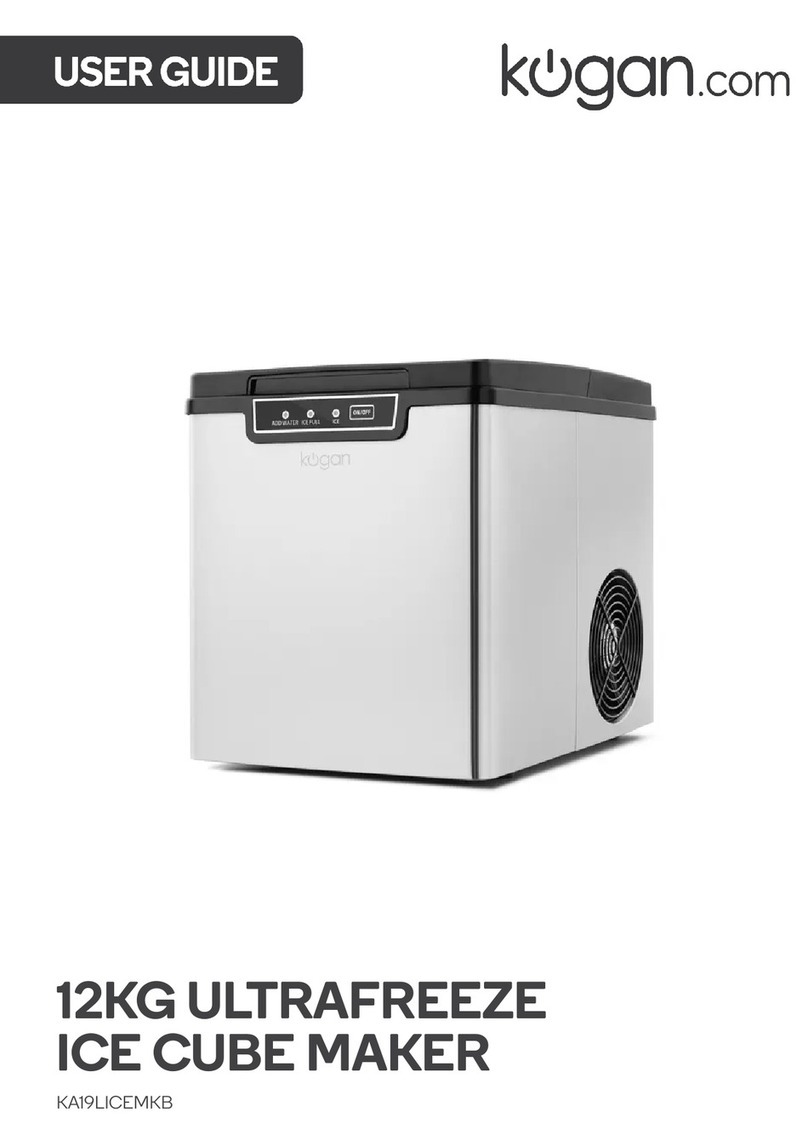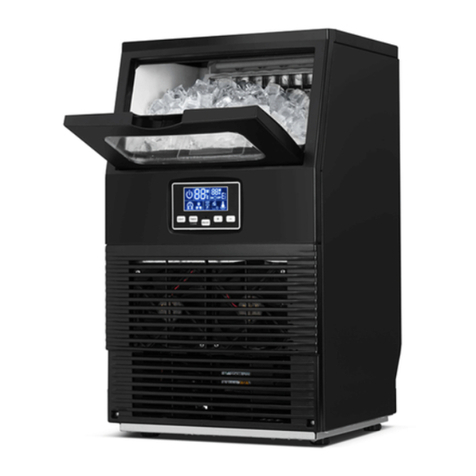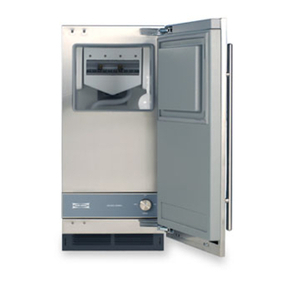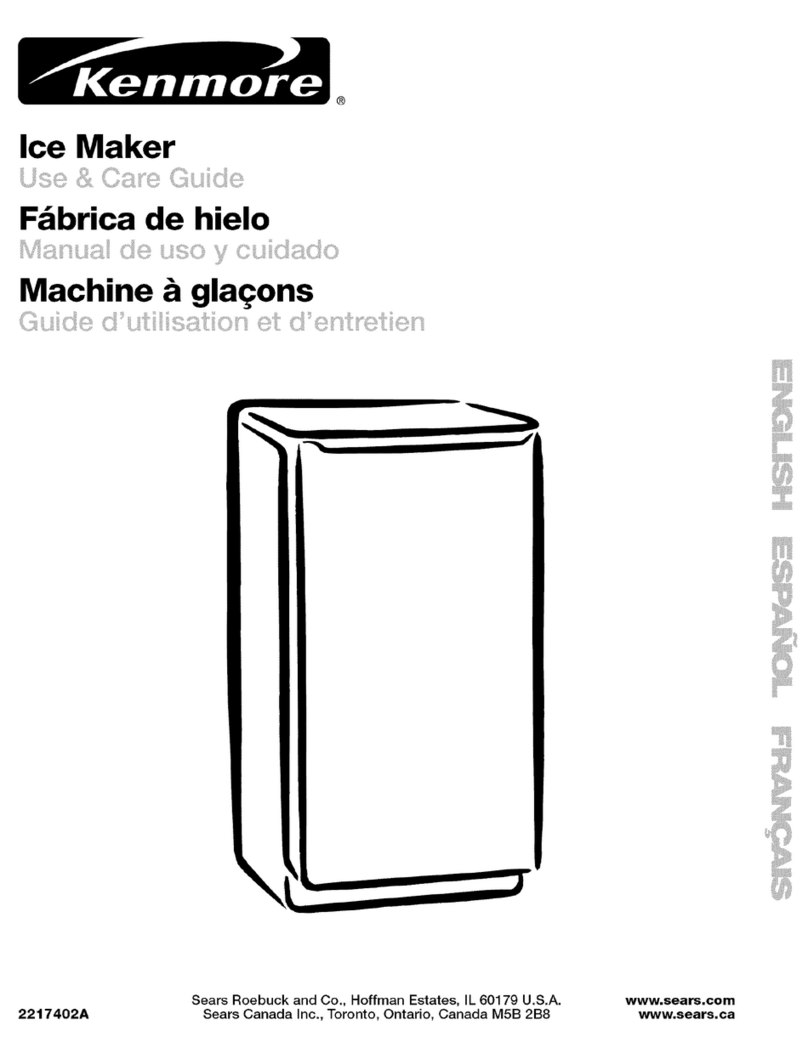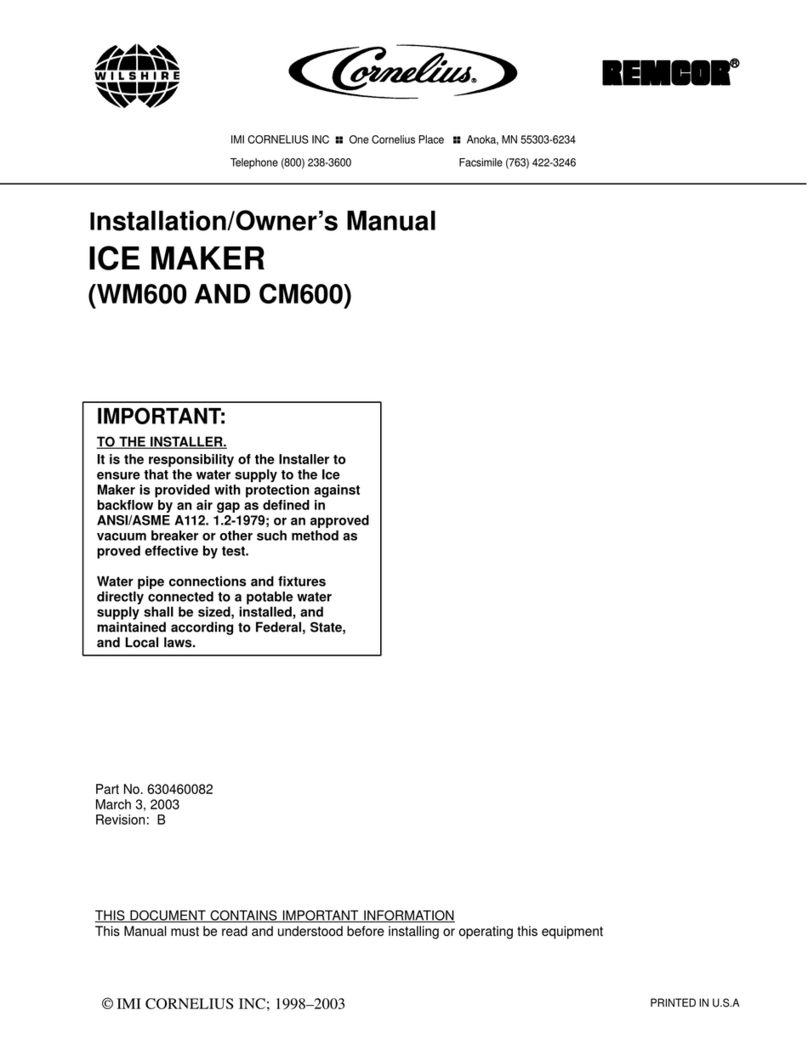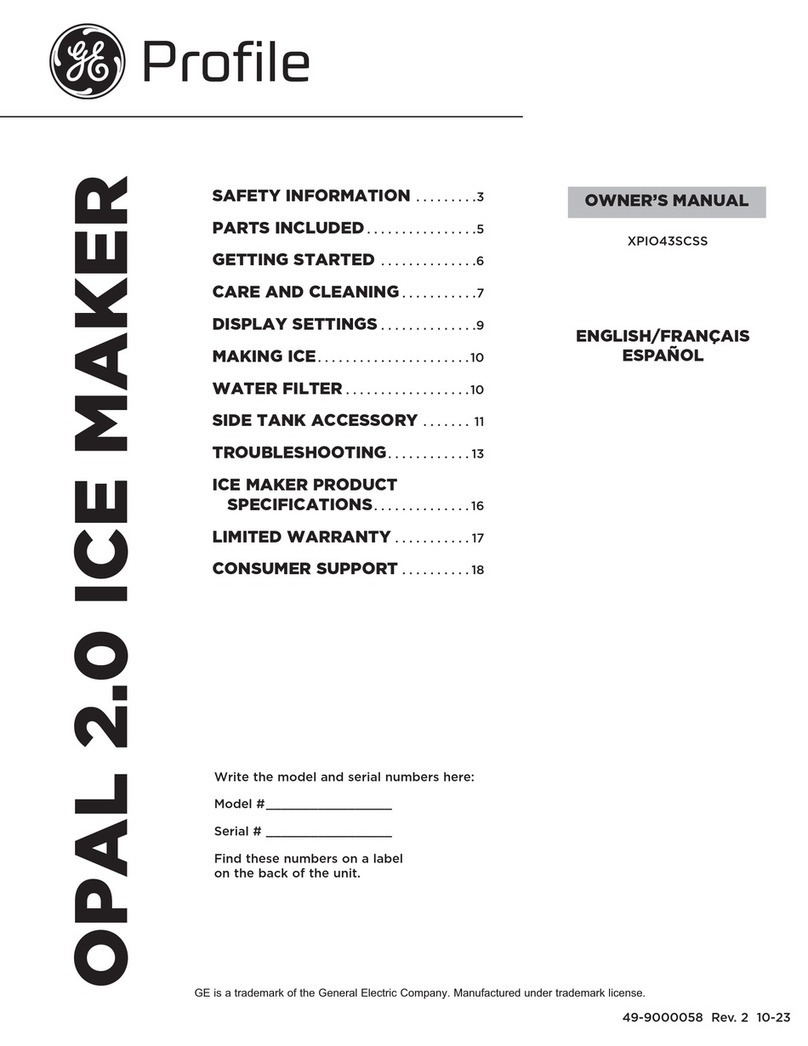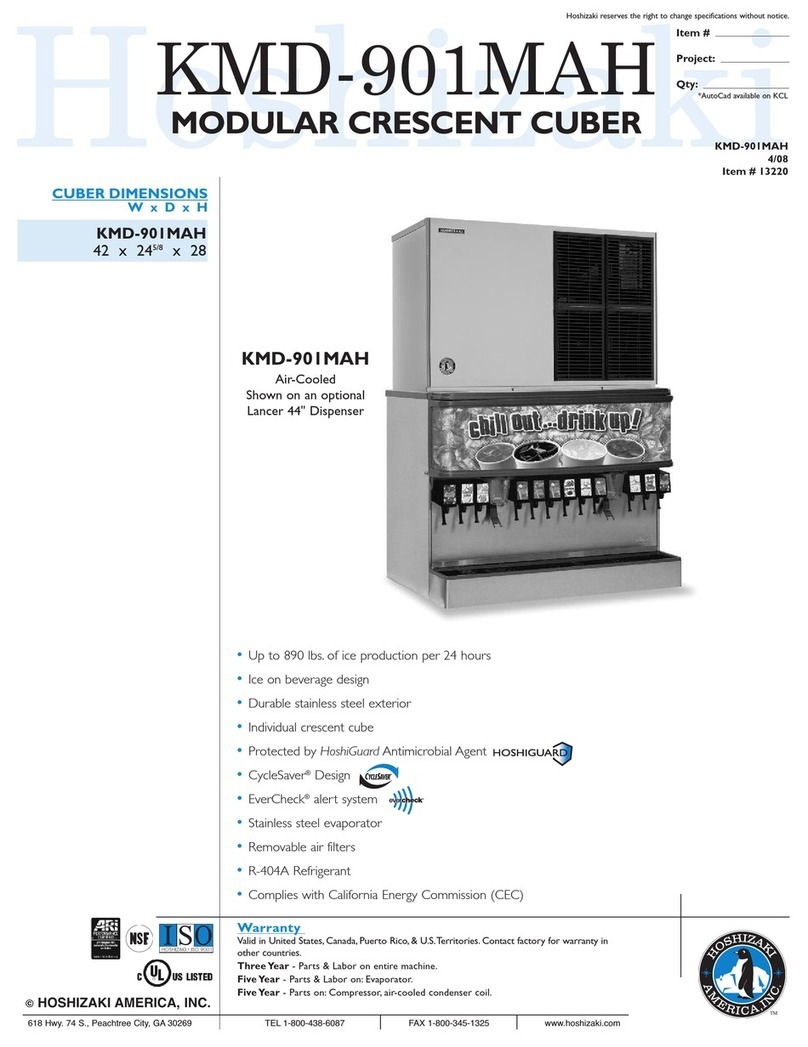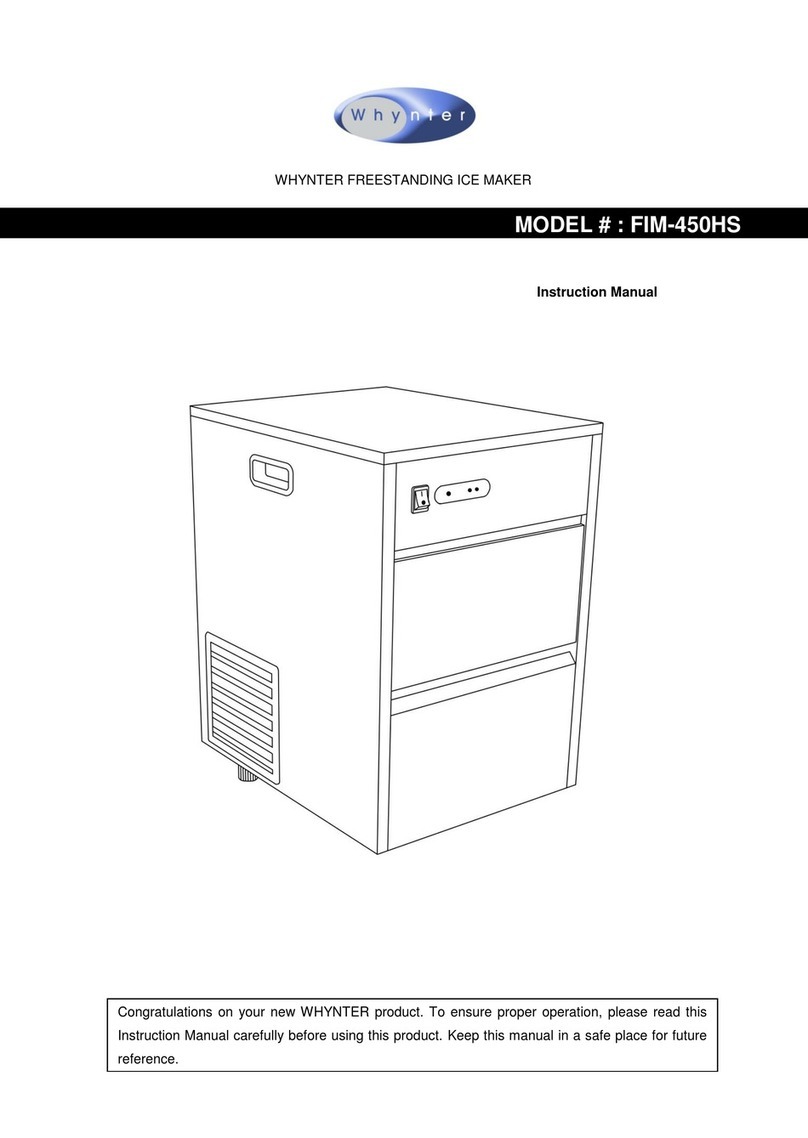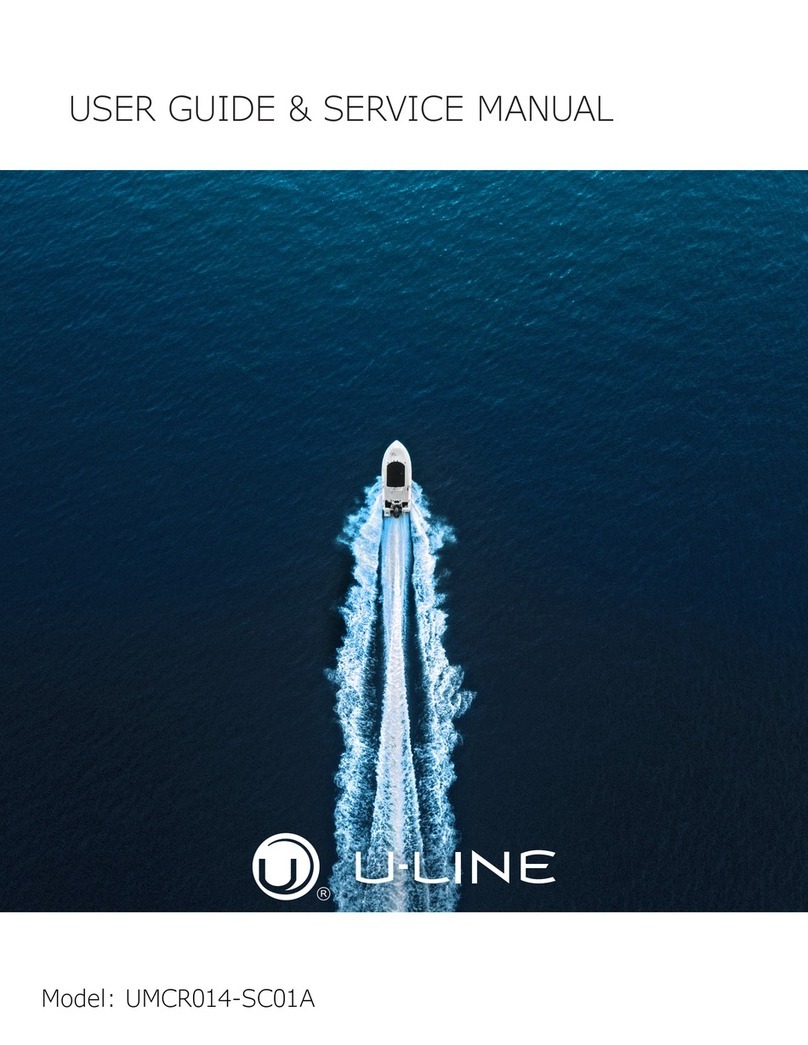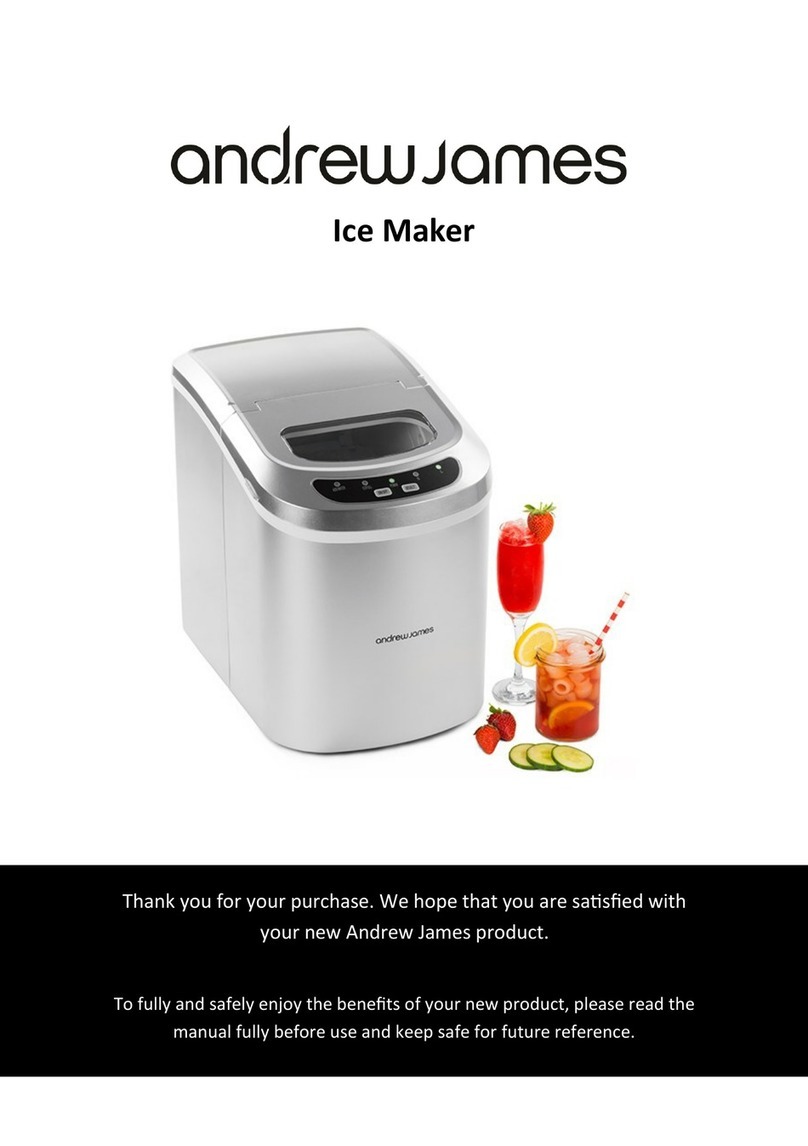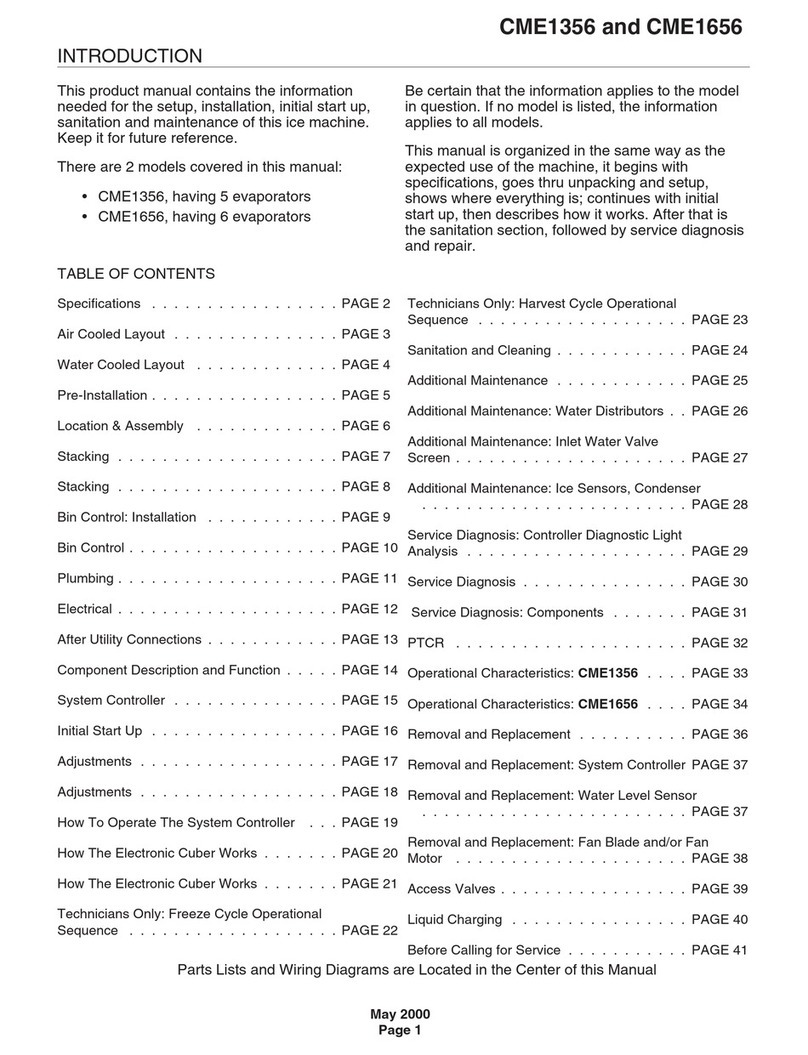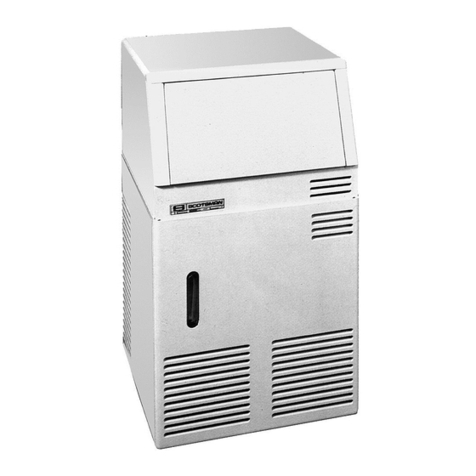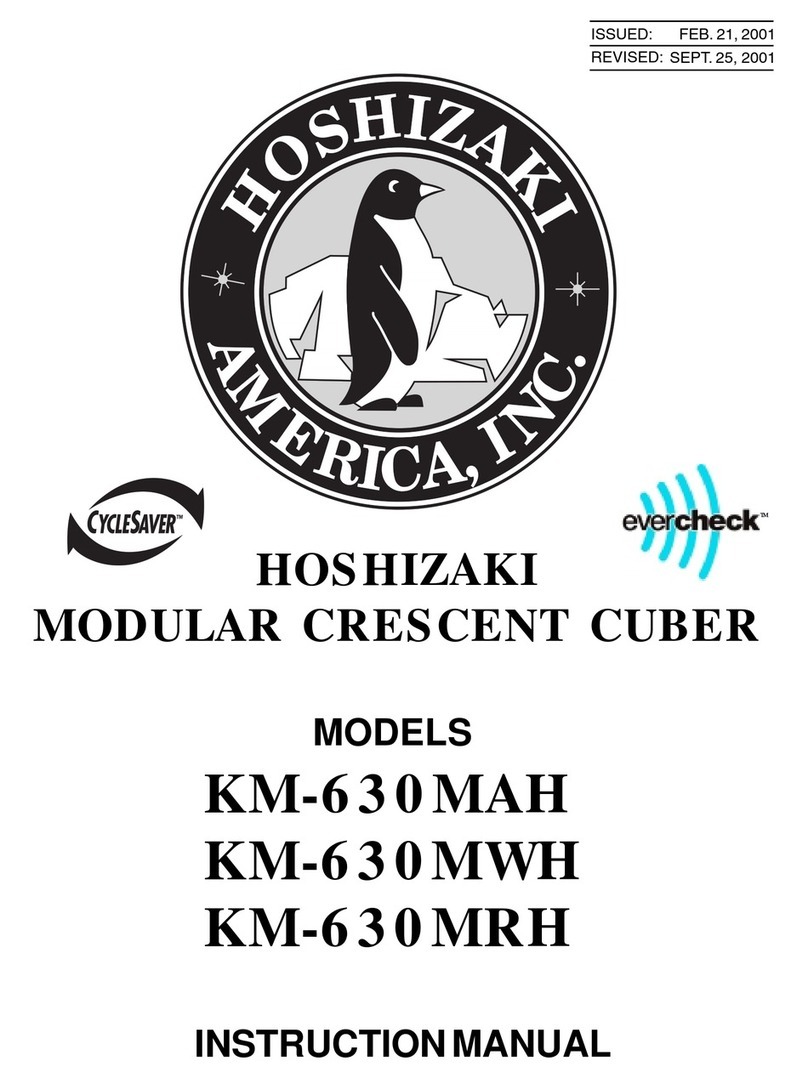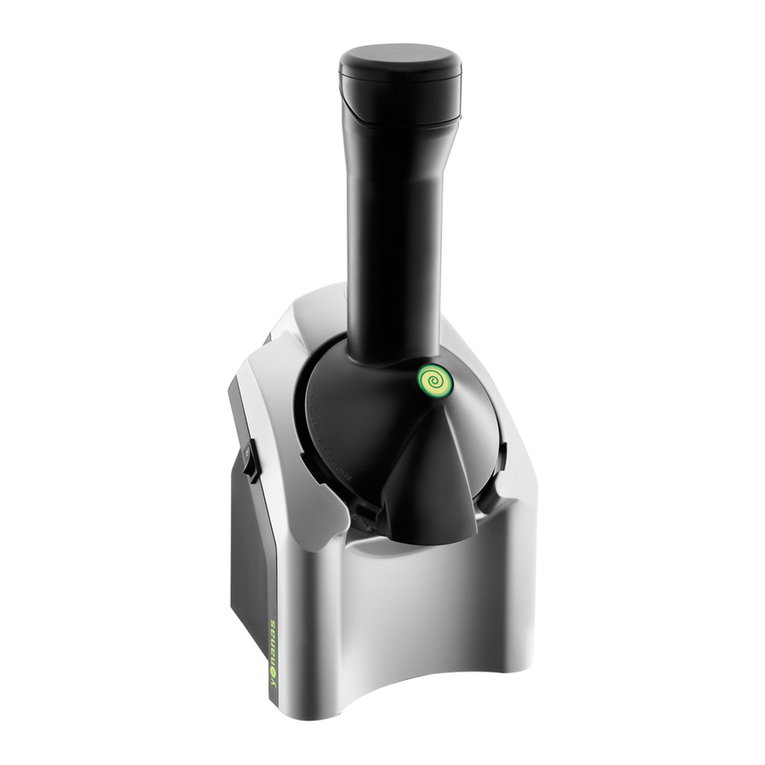
3
Ensure to read all warnings and instructions in this user guide prior to first use. Retain for
future reference.
To avoid electric shock, do not allow water or any other liquid touch the plugs,
motors and any other electrical parts of the ice cube maker.
•Ensure all components are accounted for in the package. If any components are
missing, contact help.Kogan.com for assistance.
•Ensure the distance between the air vents of the ice cube maker and the wall is more
than 50cm.
•To prevent damage and water leakage, do not bend any of the pipes connected to
this ice cube maker.
WARNING
This ice cube maker should strictly be operated by professionals or other trained
personnel.
•Do not disassemble or repair the icemaker yourself. This should be done by
professionals.
•Any disassembly or repairs should be performed when the icemaker is turned off.
•For safety reasons, ensure the ice cube maker is securely connected and positioned
on the ground during use.
•Ensure the socket used to power the icemaker is working properly.
•The voltage required to power this icemaker is 198-242V, 50±1 Hz.
•Ensure the amount of power used is consistent with that specified on the icemaker
that the bias voltage is less than ± 10% of rated voltage. If the voltage used to power
the icemaker is ± 10% over the rated voltage, this may lead to damage to the
icemaker. An automatic voltage regulator may need to be used.
•Wiring must be done by professionals.
•Do not use flammable sprays or substances on or in the icemaker.
•When moving the ice maker, it should be carried at an angle of no more than 45°.
•Operating temperature: 10°C -38°C
•Operating humidity: Relativity humidity of ≤90%
•If wires need replacing, stop use immediately and contact help.Kogan.com.
•Before performing maintenance on the ice cube maker, ensure the power has been
switched off.
•Keep the ice cube maker away from heat sources (for examples, stoves, ovens,
heaters).
•Position the ice cube maker is a well-ventilated area.
•Keep the ice cube maker dry and clean at all times.
